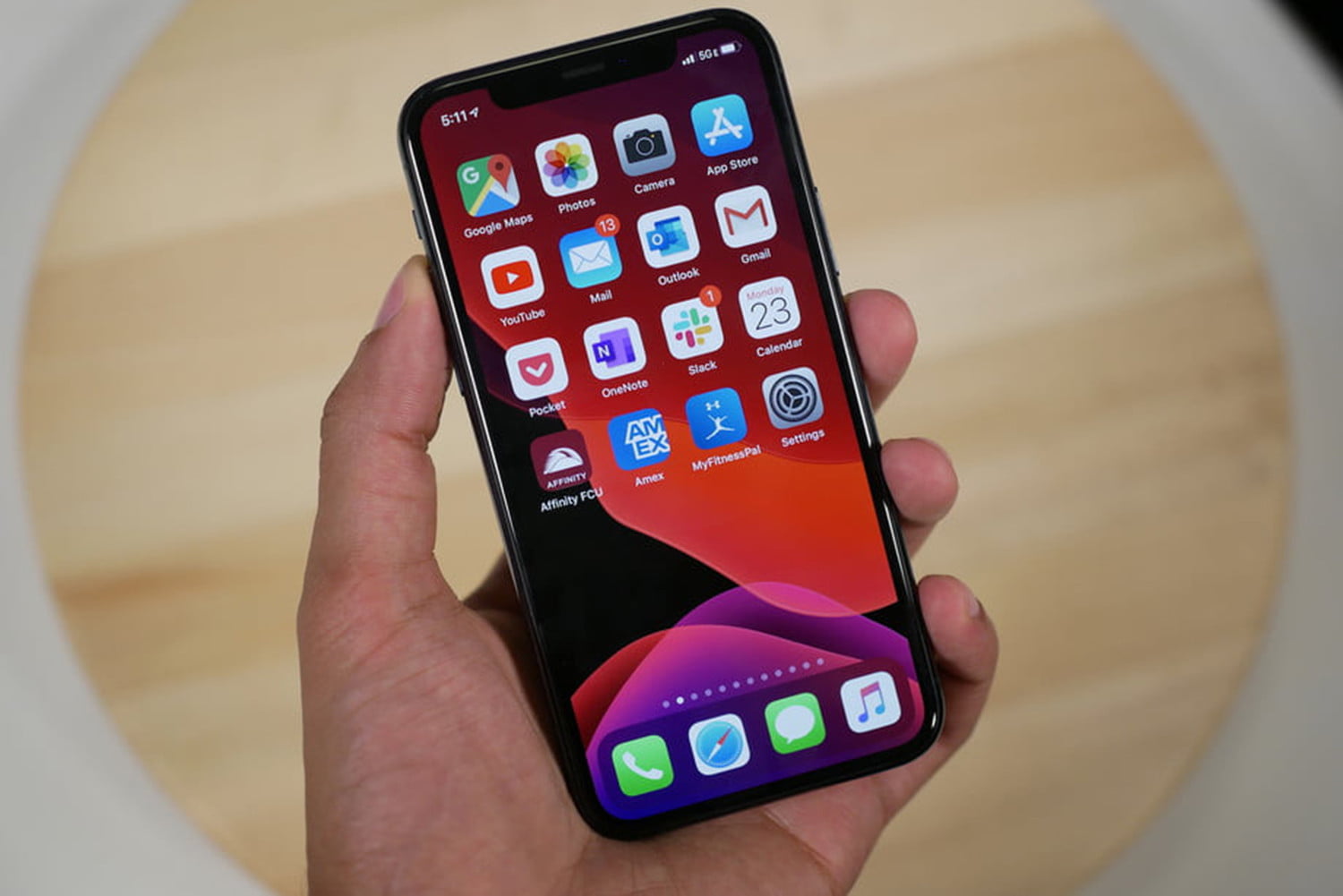Whenever you add a new app to your iPhone, its icon appears on the home screen, usually on the last page. For people who have a casual relationship with their apps, this convention helps you remember everything you currently have. Although, because of such settings, keeping your home screen tidy and organized can be challenging. If you have too many apps on many pages of your home screen or want to keep some apps private, you need to find a smarter way of controlling your app collection. Conveniently, iOS has a function that lets you hide apps you don’t use or want to avoid displaying all the time.
The easiest way to organize your iPhone apps is with the App Library, which became available starting with iOS 14. Apple’s current operating system facilitates removing apps from your home screen to track them down in your library. Here are some ways you can start hiding apps on your iPhone.
How to hide an app on your iPhone
Here are some simple steps to hide a single app on your iPhone with the help of the App Library:
Step 1: Press and hold the app you want to hide. A menu will appear.
Step 2: Select the option (in red font) to remove the app from your home screen.
Step 3: You will be shown an option to delete the app permanently or simply remove it from the page.
Step 4: Select the second option. This will not uninstall the app; it will only hide it from your homepage.
These steps will offer you an easy two-minute solution for hiding pesky or private apps from your home screen. This way, you can avoid rarely-used apps and create more space for the ones you use regularly. But what if you want to hide an entire page of apps? We’ve got something for you.
How to hide a page of apps on your iPhone
Sometimes hiding a single app may not be enough. Maybe your screen is too cluttered, and you need more free space to work efficiently. Or maybe you have a lot of private data on your phone, which you want to keep hidden. Either way, there are some simple steps you can follow to hide a page of apps with the help of the iOS 14 App Library.
Step 1: Long-hold an empty part of your screen on the page that you want to hide.
Step 2: Press the small Navigation Dots that appear at the bottom of your screen.
You’ll see all the screens together with little checkboxes below them.
Step 3: Select the Checkbox for the page you want to display and uncheck it for the ones you wish to hide.
If you change your mind at some point after hiding the app pages, follow the same steps to unhide them. Long-hold the screen, press the Dots, check or uncheck the screens you wish to display or hide, and you’ll have the homepage you desire.
How to hide apps in a folder on the iPhone
Let’s say you want to hide a particular group of apps on your iPhone. You can also do it by creating a folder for them on the home screen and pushing your personal apps to this folder’s last page.
Step 1: Tap and hold on one of the apps you want to hide. (In the example above, this is GuitarTuna.)
If you’re running iOS 13.2 or later, you need to tap the Edit Home Screen button. If you’re on iOS 13 to 13.1, you need to tap Rearrange Apps. And if you’re running an earlier version of iOS than 13, you hold onto the app until it starts jiggling.
Step 2: Drag the app you’d like to hide onto another app and then let go of the app when it’s on top of the other app. This creates a new folder, which will automatically be named by your iPhone (according to the apps), but you can change the name to something more relevant.
Step 3: If you want to hide another app, drag it into the newly created folder. Repeat until you’ve placed all the apps you want to hide in this folder. You might want to place a few other apps in the folder to fill out the first page, or you can just leave it.
Step 4: Once you’ve transferred all your apps to the new folder, you can adjust their location to hide them on the next page. Doing this is easy; simply tap and drag the chosen app to the folder’s right side until it migrates to the second page. Repeat this method with any other apps you want to remain hidden.
Step 5: Finally, we suggest giving the folder a more modest title. For instance, we’ve named our folder “Dictionaries.” We also included a few dictionaries on the folder’s first page. Remember that all the apps on the folder’s leading page will still be noticeable from the home page; however, it will be much smaller than usual.
That’s all there is to it. If you decide you don’t need to hide your apps any longer, you can instantly move them elsewhere. All you need to do is drag them out of the hidden folder and put them back on the home page. To do this, just enable Edit Home Screen mode. You can hide any application by using this method, whether it’s native or third-party. This effortless technique will let you hide your native apps quickly and easily.
